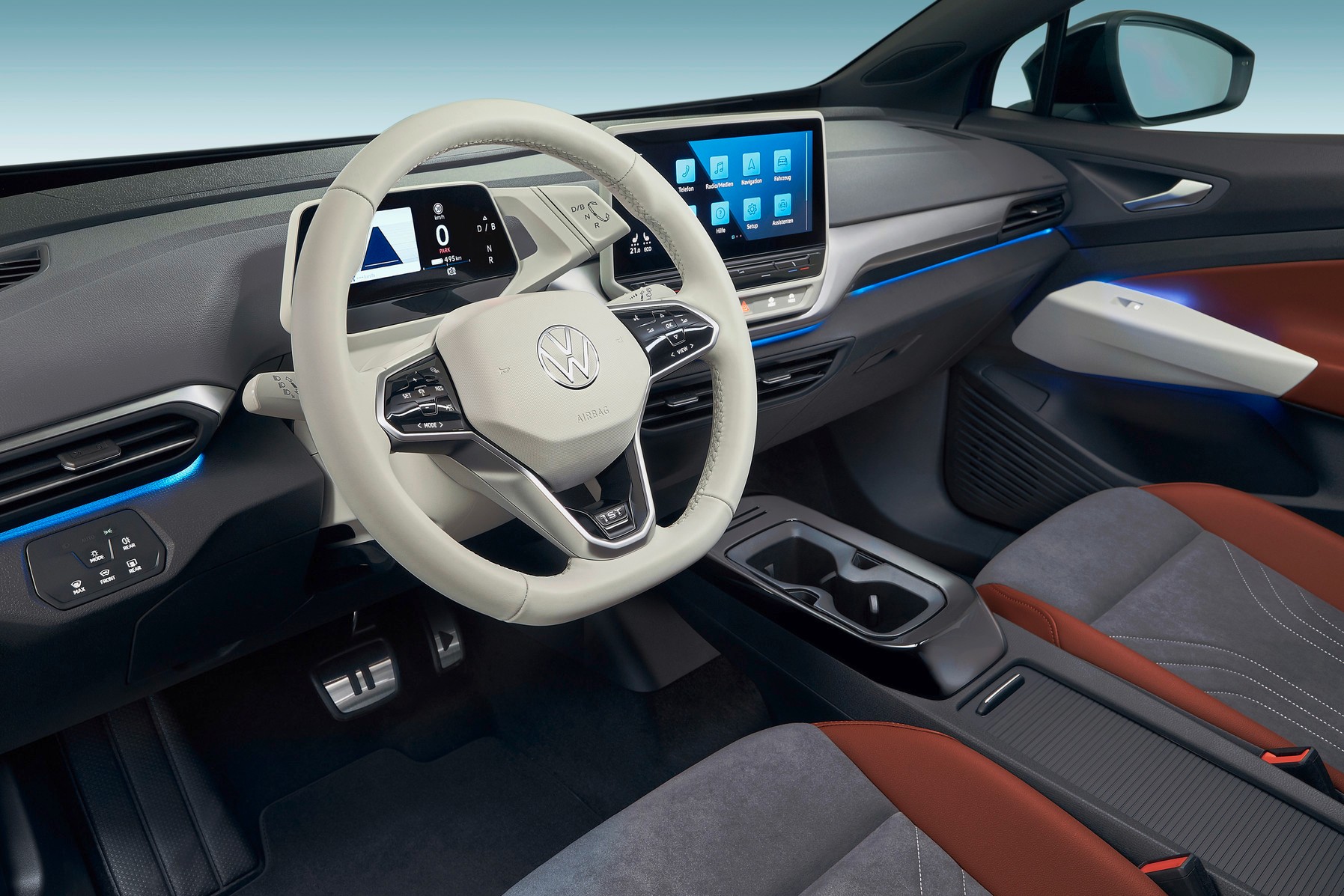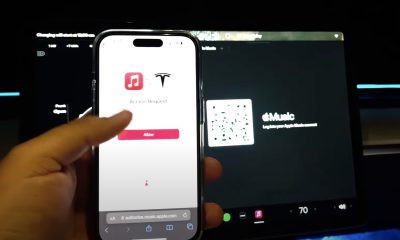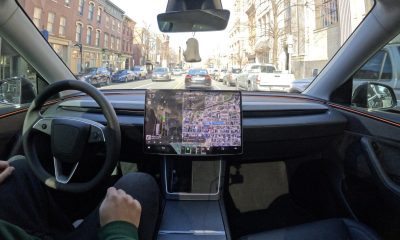Volkswagen has a long and storied tradition of building world-class vehicles. While they have managed to make a legacy off of offering affordable, stylish, and effectively-performing models for 84 years, their next big challenge comes in the tall task of creating and engineering electric vehicles that are functional. While this sounds like an easy task for the legendary German car company, it has encountered several problems over the course of its MEB platform’s development. The narrative of the problem solving has changed several times in the past year.
The software issues for Volkswagen have been evident since the initial development of the ID. family of vehicles. Now, Volkswagen has been relatively transparent regarding the issues with its software in the past. Recently, there has been a trend, however, in how the company’s software project is being portrayed because for a while, Volkswagen was pawning off its software as “fixed.” It is obvious this isn’t the case.
Yesterday, a report came out that indicated CEO Herbert Diess was interested in keeping the software fixes in-house and that he wasn’t interested in having some other company, whether it be another automaker or a tech company, fix the issues they were encountering. It doesn’t seem like a great idea to push the software problems onto another company, especially if Volkswagen attempts to set the precedent that it is a leader in electric powertrains and EV manufacturing. The only real way to establish any sort of narrative that proves your worthiness in this sector is to solve things yourself, it seems. If Tesla had given its software issues early on to Apple or Microsoft, for example, to fix, you can bet they wouldn’t be looked at as some automotive marvel. They’d just be another company out there trying to establish a presence in a quickly growing field of EV competitors. The vertical integration that Tesla has been able to display, through not only its hardware but also through its development of software. The complete expertise in software especially is advantageous in the event of Software Updates being rolled out in an Over-the-Air fashion as Tesla does. When even the smallest bug or issue is revealed in the coding, engineers can quickly solve the problem and roll out a new update in a matter of minutes.
Diess is right, it is absolutely imperative that Volkswagen solves these issues in-house. However, there needs to be more consistency in the story that is being portrayed, in my opinion. For the past year, we’ve heard that Volkswagen has admitted Tesla has a 10-year advantage, then the ID.3 software issues were worse than initially reported, then that software was so bad it had moved onto other vehicles.
A big thanks to our long-time supporters and new subscribers! Thank you.
I use this newsletter to share my thoughts on what is going on in the Tesla world. If you want to talk to me directly, you can email me or reach me on Twitter. I don’t bite, be sure to reach out!
Then, all of a sudden, Volkswagen suddenly made Markus Duesmann, the ICE-supportive CEO of Audi, the person responsible for solving the software issues. Finally, the company came out in December and claimed that it had overcome all of the issues it had with the ID. family’s software.
It all seems like a plan to save face, and it should be. Volkswagen has held this reputation for years for making quality gas cars. Apart from the Dieselgate scandal, which inevitably tarnished the reputation of the company, Volkswagen has done a reasonably good job of creating cars that are dependable. My first car was a Volkswagen with 198,000 miles on it. It was dependable, and I was sad to see it go when I finally had to say goodbye.
However, it is quite alarming to see that Volkswagen is still years away from solving these issues. For a year, there have been so many different narratives regarding the company’s software, and it seems like a cause that perhaps just needs more time. There is no doubt in the world that they can figure it out eventually, but is it worth keeping the faith for five or ten more years? Is it worth waiting until 2025, 2030, or even longer to have effective electric vehicle software just to say “We developed it ourselves!”
It seems like the big issue coming to fruition now is the fact that Volkswagen has set another narrative forward that it will be ready to deliver software updates this Summer. All I have to say is, the electric vehicle community has a great memory, they are very unforgiving, and they don’t want to hear excuses. If Volkswagen cannot figure out a way to develop effective software for its vehicles by the Summer, roll out OTA updates, and provide proof that its vehicles are worth a damn, it may be time to consider other options.
Diess has a great relationship with Elon Musk, and it may not be too late to consider seeking help from Tesla in this sense. I don’t think it would be the worst thing in the world to have a guy who is your friend and the CEO of the most successful EV company in the world help your company solve some issues. Volkswagen would gain plenty of credibility with Tesla’s software infrastructure if it chooses to go that way. I hope they can somehow solve the issues in-house, but I am more prone to believe that if things don’t come around this Summer like VW has promised with the OTA updates, it will be a bad look once again, and VW could remain the laughing stock of the EV industry.
“If we want to retain our independence, we have to be able to develop the software in the car ourselves. This is the only way for us to guarantee long-term success,” Diess said. Is that a hill VW is willing to die on?
On behalf of the entire Teslarati team, we’re working hard behind the scenes on bringing you more personalized members benefits, and can’t thank you enough for your continued support!

News
Tesla owners propose interesting theory about Apple CarPlay and EV tax credit
“100%. It’s needed for sales because for many prospective buyers, CarPlay is a nonnegotiable must-have. If they knew how good the Tesla UI is, they wouldn’t think they need CarPlay,” one owner said.

Tesla is reportedly bracing for the integration of Apple’s well-known iOS automotive platform, CarPlay, into its vehicles after the company had avoided it for years.
However, now that it’s here, owners are more than clear that they do not want it, and they have their theories about why it’s on its way. Some believe it might have to do with the EV tax credit, or rather, the loss of it.
Owners are more interested in why Tesla is doing this now, especially considering that so many have been outspoken about the fact that they would not use it in favor of the company’s user interface (UI), which is extremely well done.
After Bloomberg reported that Tesla was working on Apple CarPlay integration, the reactions immediately started pouring in. From my perspective, having used both Apple CarPlay in two previous vehicles and going to Tesla’s in-house UI in my Model Y, both platforms definitely have their advantages.
However, Tesla’s UI just works with its vehicles, as it is intuitive and well-engineered for its cars specifically. Apple CarPlay was always good, but it was buggy at times, which could be attributed to the vehicle and not the software, and not as user-friendly, but that is subjective.
Nevertheless, upon the release of Bloomberg’s report, people immediately challenged the need for it:
Everyone thinks they need it. I would think that too if I didn’t know how good Tesla’s interface was. CarPlay is a crappy layer on top of crappy info-navs, and people think it’s an imperative because it provides a level of consistency from car to car. They have no clue how much…
— Rich Stafford (@r26174_rich) November 14, 2025
How can it not be when the best engineers choose Tesla over Apple and Tesla’s core focus is auto vs Apple being mobile. It’s what Tesla does every day. It’s a side project for Apple. Still Apple is much better than any other auto OEM who attract lesser talent and make digital…
— Emu (@confessedemu) November 14, 2025
Some fans proposed an interesting point: What if Tesla is using CarPlay as a counter to losing the $7,500 EV tax credit? Perhaps it is an interesting way to attract customers who have not owned a Tesla before but are more interested in having a vehicle equipped with CarPlay?
“100%. It’s needed for sales because for many prospective buyers, CarPlay is a nonnegotiable must-have. If they knew how good the Tesla UI is, they wouldn’t think they need CarPlay,” one owner said.
Tesla has made a handful of moves to attract people to its cars after losing the tax credit. This could be a small but potentially mighty strategy that will pull some carbuyers to Tesla, especially now that the Apple CarPlay box is checked.
@teslarati :rotating_light: This is why you need to use off-peak rates at Tesla Superchargers! #tesla #evcharging #fyp ♬ Blue Moon – Muspace Lofi
Investor's Corner
Ron Baron states Tesla and SpaceX are lifetime investments
Baron, one of Tesla’s longest-standing bulls, reiterated that his personal stake in the company remains fully intact even as volatility pressures the broader market.
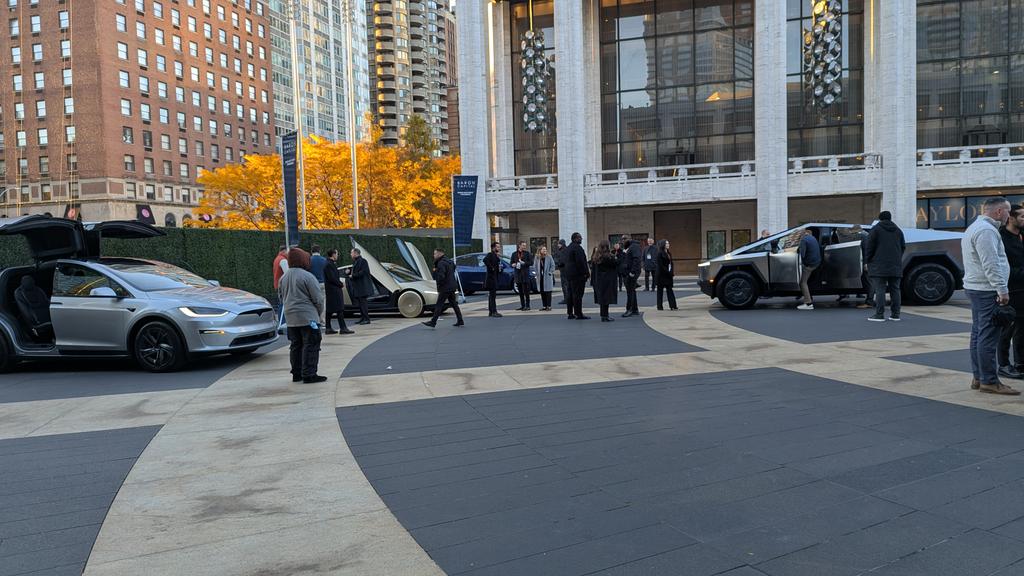
Billionaire investor Ron Baron says he isn’t touching a single share of his personal Tesla holdings despite the recent selloff in the tech sector. Baron, one of Tesla’s longest-standing bulls, reiterated that his personal stake in the company remains fully intact even as volatility pressures the broader market.
Baron doubles down on Tesla
Speaking on CNBC’s Squawk Box, Baron stated that he is largely unfazed by the market downturn, describing his approach during the selloff as simply “looking” for opportunities. He emphasized that Tesla remains the centerpiece of his long-term strategy, recalling that although Baron Funds once sold 30% of its Tesla position due to client pressure, he personally refused to trim any of his personal holdings.
“We sold 30% for clients. I did not sell personally a single share,” he said. Baron’s exposure highlighted this stance, stating that roughly 40% of his personal net worth is invested in Tesla alone. The legendary investor stated that he has already made about $8 billion from Tesla from an investment of $400 million when he started, and believes that figure could rise fivefold over the next decade as the company scales its technology, manufacturing, and autonomy roadmap.
A lifelong investment
Baron’s commitment extends beyond Tesla. He stated that he also holds about 25% of his personal wealth in SpaceX and another 35% in Baron mutual funds, creating a highly concentrated portfolio built around Elon Musk–led companies. During the interview, Baron revisited a decades-old promise he made to his fund’s board when he sought approval to invest in publicly traded companies.
“I told the board, ‘If you let me invest a certain amount of money, then I will promise that I won’t sell any of my stock. I will be the last person out of the stock,’” he said. “I will not sell a single share of my shares until my clients sold 100% of their shares. … And I don’t expect to sell in my lifetime Tesla or SpaceX.”
Watch Ron Baron’s CNBC interview below.
News
Tesla CEO Elon Musk responds to Waymo’s 2,500-fleet milestone
While Tesla’s Robotaxi network is not yet on Waymo’s scale, Elon Musk has announced a number of aggressive targets for the service.

Elon Musk reacted sharply to Waymo’s latest milestone after the autonomous driving company revealed its fleet had grown to 2,500 robotaxis across five major U.S. regions.
As per Musk, the milestone is notable, but the numbers could still be improved.
“Rookie numbers”
Waymo disclosed that its current robotaxi fleet includes 1,000 vehicles in the San Francisco Bay Area, 700 in Los Angeles, 500 in Phoenix, 200 in Austin, and 100 in Atlanta, bringing the total to 2,500 units.
When industry watcher Sawyer Merritt shared the numbers on X, Musk replied with a two-word jab: “Rookie numbers,” he wrote in a post on X, highlighting Tesla’s intention to challenge and overtake Waymo’s scale with its own Robotaxi fleet.
While Tesla’s Robotaxi network is not yet on Waymo’s scale, Elon Musk has announced a number of aggressive targets for the service. During the third quarter earnings call, he confirmed that the company expects to remove safety drivers from large parts of Austin by year-end, marking the biggest operational step forward for Tesla’s autonomous program to date.
Tesla targets major Robotaxi expansions
Tesla’s Robotaxi pilot remains in its early phases, but Musk recently revealed that major deployments are coming soon. During his appearance on the All-In podcast, Musk said Tesla is pushing to scale its autonomous fleet to 1,000 cars in the Bay Area and 500 cars in Austin by the end of the year.
“We’re scaling up the number of cars to, what happens if you have a thousand cars? Probably we’ll have a thousand cars or more in the Bay Area by the end of this year, probably 500 or more in the greater Austin area,” Musk said.
With just two months left in Q4 2025, Tesla’s autonomous driving teams will face a compressed timeline to hit those targets. Musk, however, has maintained that Robotaxi growth is central to Tesla’s valuation and long-term competitiveness.
-

 News7 days ago
News7 days agoTesla shares rare peek at Semi factory’s interior
-

 Elon Musk1 week ago
Elon Musk1 week agoTesla says texting and driving capability is coming ‘in a month or two’
-

 News6 days ago
News6 days agoTesla makes online ordering even easier
-

 News6 days ago
News6 days agoTesla Model Y Performance set for new market entrance in Q1
-

 News1 week ago
News1 week agoTesla Cybercab production starts Q2 2026, Elon Musk confirms
-
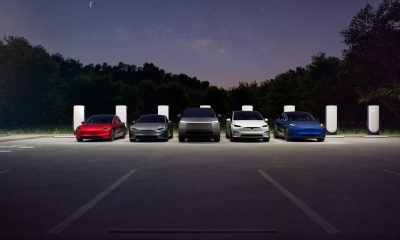
 News5 days ago
News5 days agoTesla is launching a crazy new Rental program with cheap daily rates
-

 News1 week ago
News1 week agoTesla China expecting full FSD approval in Q1 2026: Elon Musk
-

 News1 week ago
News1 week agoTesla Model Y Performance is rapidly moving toward customer deliveries
